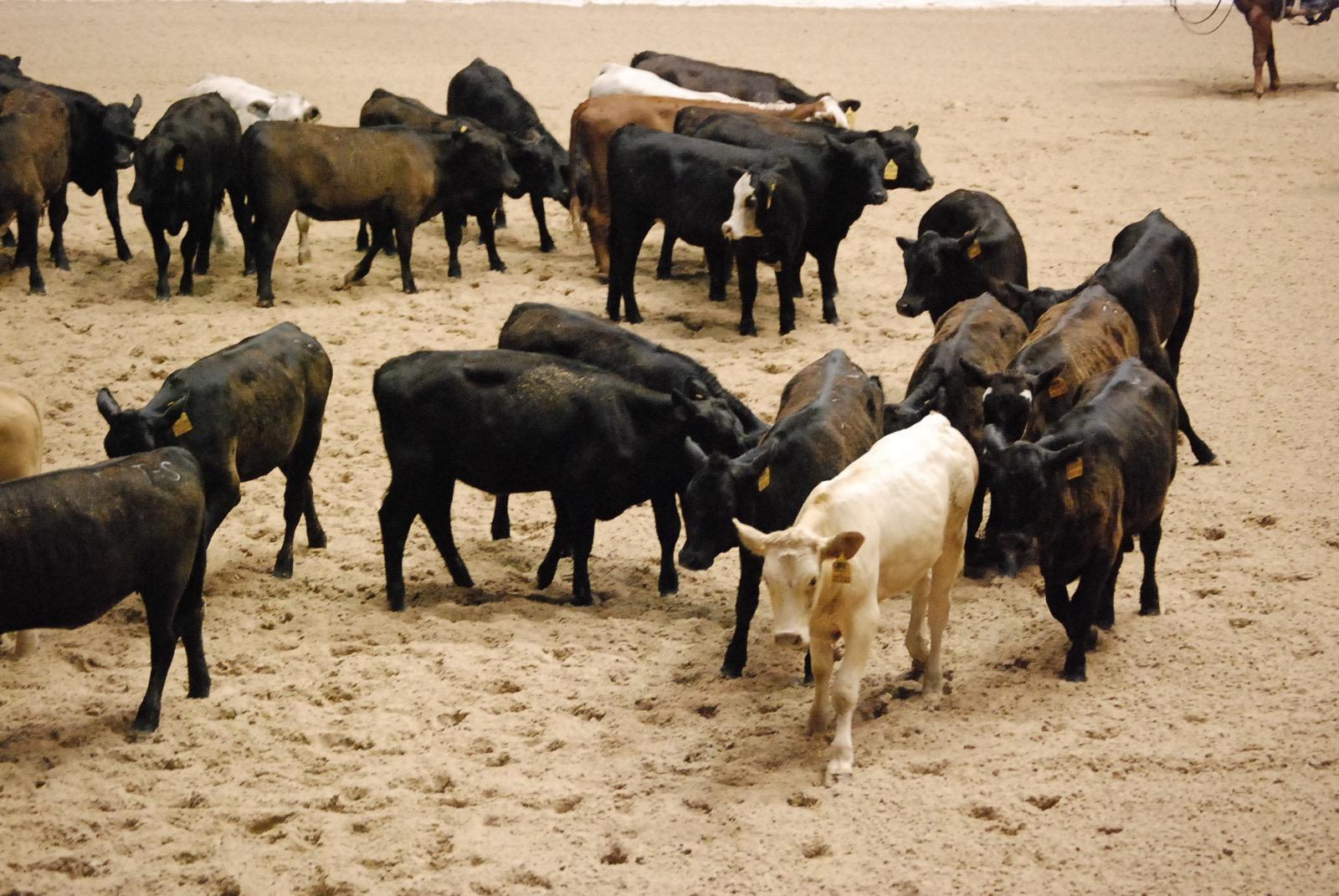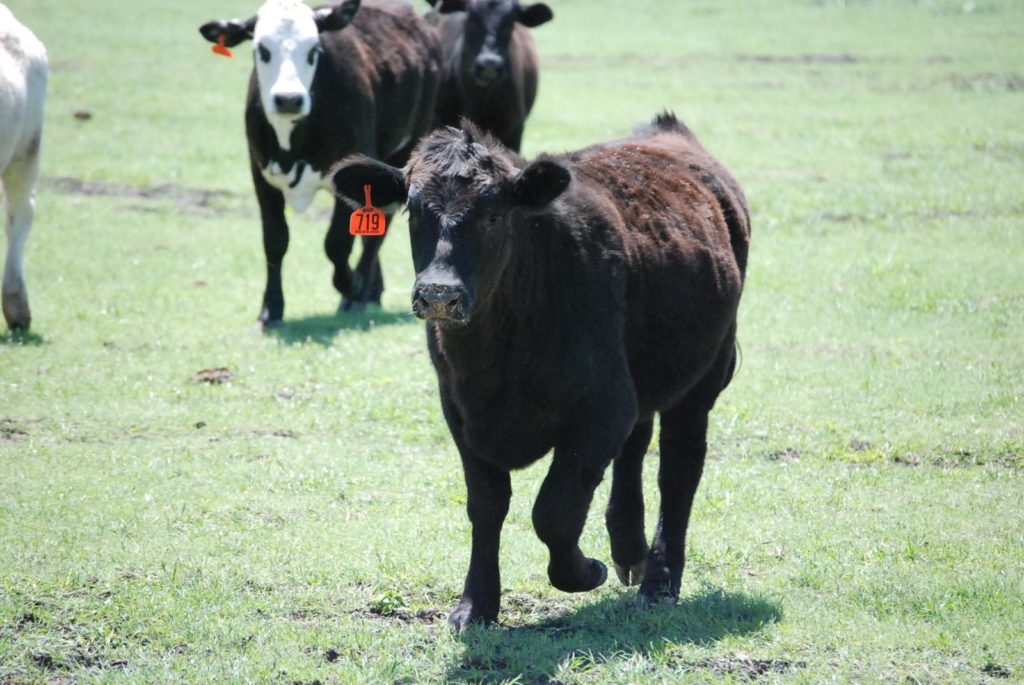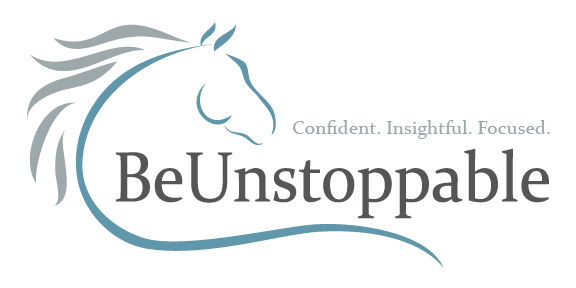One challenge a rider has in cattle events is being able to predict what a cow will do as he or she approaches it on a horse. That ability to interpret current cow behavior as well as predict future cow behavior is called “reading” a cow. It’s a skill that takes experience, patience and time.
A productive way to learn to read cattle is by observing them whenever possible, in all kinds of situations.
This could be at a trainer’s barn or at a show when cattle enter the arena for a herd work class.
At a show, you could also walk back to the cattle pens and just observe them.
As you consistently take the time to observe cattle in different scenarios whenever possible, you will expedite your learning curve for reading cow behavior.
What follows are two categories of cattle behavior, both “good” and “challenging”. You’ll also see eight characteristics under each category.




I don’t think the title of your article matches the content lol. Just kidding, mainly because I had some doubts after reading the article.
Can you be more specific about the content of your article? After reading it, I still have some doubts. Hope you can help me.
Your article helped me a lot, is there any more related content? Thanks!
Your article helped me a lot, is there any more related content? Thanks!
will longer or shorter settling or the way its done make a significant difference in the behavior of individual cattle or the herd? How?
Hi, Navid … Yes about settling times making a difference. You have just given me my next idea for my next cattle article! In general, the longer the settling, the quieter the cattle become. That has to be balanced with not settling beyond the time needed so that the last person to work in the herd does not have “overly sour” cattle. That’s the short answer!
All good stuff!